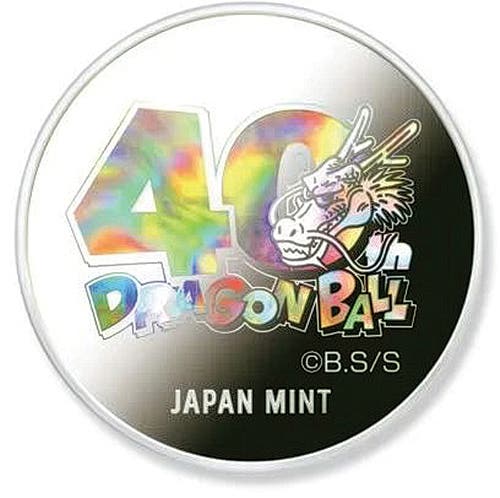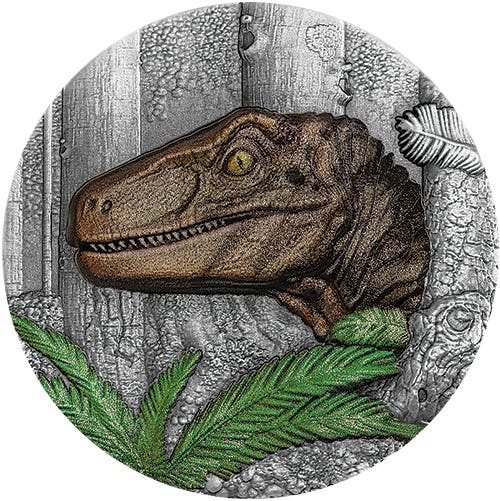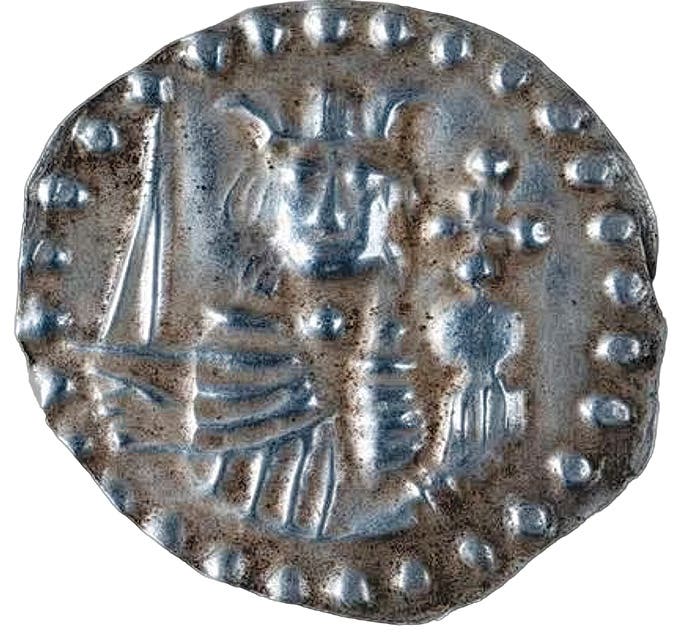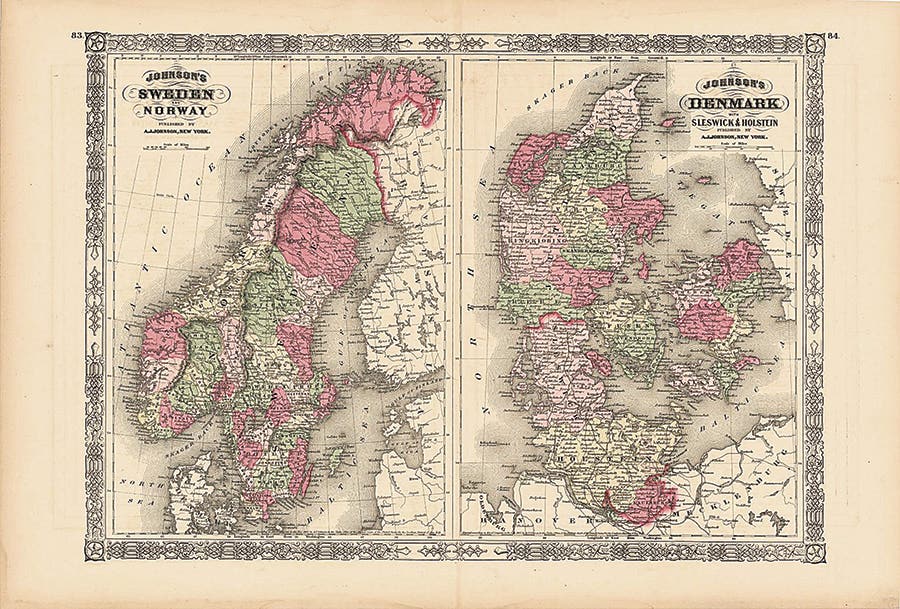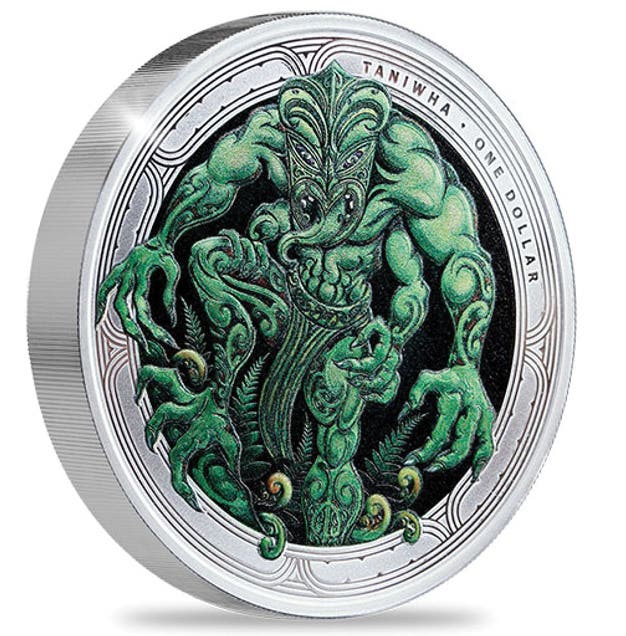1851-D gold $1 has die rotation
Numismatic News reader Jon Bender of Dallas, Texas, came up with an 1851-D gold dollar with approximately 90-degree Rotated Dies. He said, “Never have [I] seen one like this on…
Numismatic News reader Jon Bender of Dallas, Texas, came up with an 1851-D gold dollar with approximately 90-degree Rotated Dies. He said, “Never have [I] seen one like this on an 1851[D].” It represents one of few gold coins with a major die rotation error. But in this grade it has a normal numismatic value of about $3,500, so Bender’s logical question was how does it affect the value of the coin?
It’s a question error dealers get all the time from folks who find an error on a better date, or simply any coin with a numismatic value that far exceeds that of the error. The answer is what I could feel Bender was expecting, but one that not all owners of better–date error coins want to hear.
Error coin dealer Fred Weinberg of Encino, Calif., said, “It’s what we call a “White Elephant.” Its numismatic value far exceeds that of the error and as such the error probably adds little or no extra value to the coin.
Gold coin specialist, Douglas Winter of Douglas Winter Numismatics, Portland, Ore., echoed the same sentiments saying he’d buy it at the normal wholesale level and sell it sans any premium.
According to Jeff Garrett, “This date is the second-most-common Type 1 gold dollar struck at the Dahlonega Mint. The term common must be kept in perspective, however, when one considers that more than three million gold dollars were struck at the Philadelphia Mint in 1851.” The total mintage for the Dahlonega Mint emission for 1851 was 9,882 pieces. This explains the coin’s numismatic value especially when it gets into AU grades and higher and why a rotated reverse might not add much if any value.
Still, the coin is of historical interest to error collects in that it is not listed on the Internet-based Rotated Die Coin Census page. Despite that, Winter said, “they are common enough for this date” and he was quite sure he mentioned they exist in his book on the series.
In the end, the greatest value this coin has in terms of the error is educational. It highlights the fact that an error does not necessarily add value to a coin. In fact some errors can hurt the value of a coin. For example, a common date Lincoln cent with a moderate lamination error might be worth up to $10 over its normal value $1. However, that same error on a 1909-S VDB cent would definitely drag its value down. How many error collectors want to pay the price of a 1909-S VDB to obtain a moderate lamination error and how many folks looking for a straight up 1909-S VDB to fill a hole in their collection want it disfigured with a lamination? Few on both counts.
So the next time you buy something even as common as a Reverse Proof silver American Eagle from the Mint and see it has a minor Strike Through error, (such as struck through lint), make sure that you first call an error dealer (or die-hard specialist) to find out if it does have value (you never know) and then run as fast as you can to the post office to return the coin to the Mint for replacement before the return period is over. But keep in mind, it is all relative – a major rotated reverse on an silver American Eagle would add significant value but a minor strike through wouldn’t add any value and would probably drag its desirability down.
This article was originally printed in Numismatic News. >> Subscribe today.
More Collecting Resources
• Keep up to date on prices for Canada, United States and Mexico coinage with the 2016 North American Coins & Prices guide.
• With over 22,000 listings and 13,750 illustrations, the Standard Catalog of World Paper Money, Modern Issues is your go-to guide for modern bank notes.





